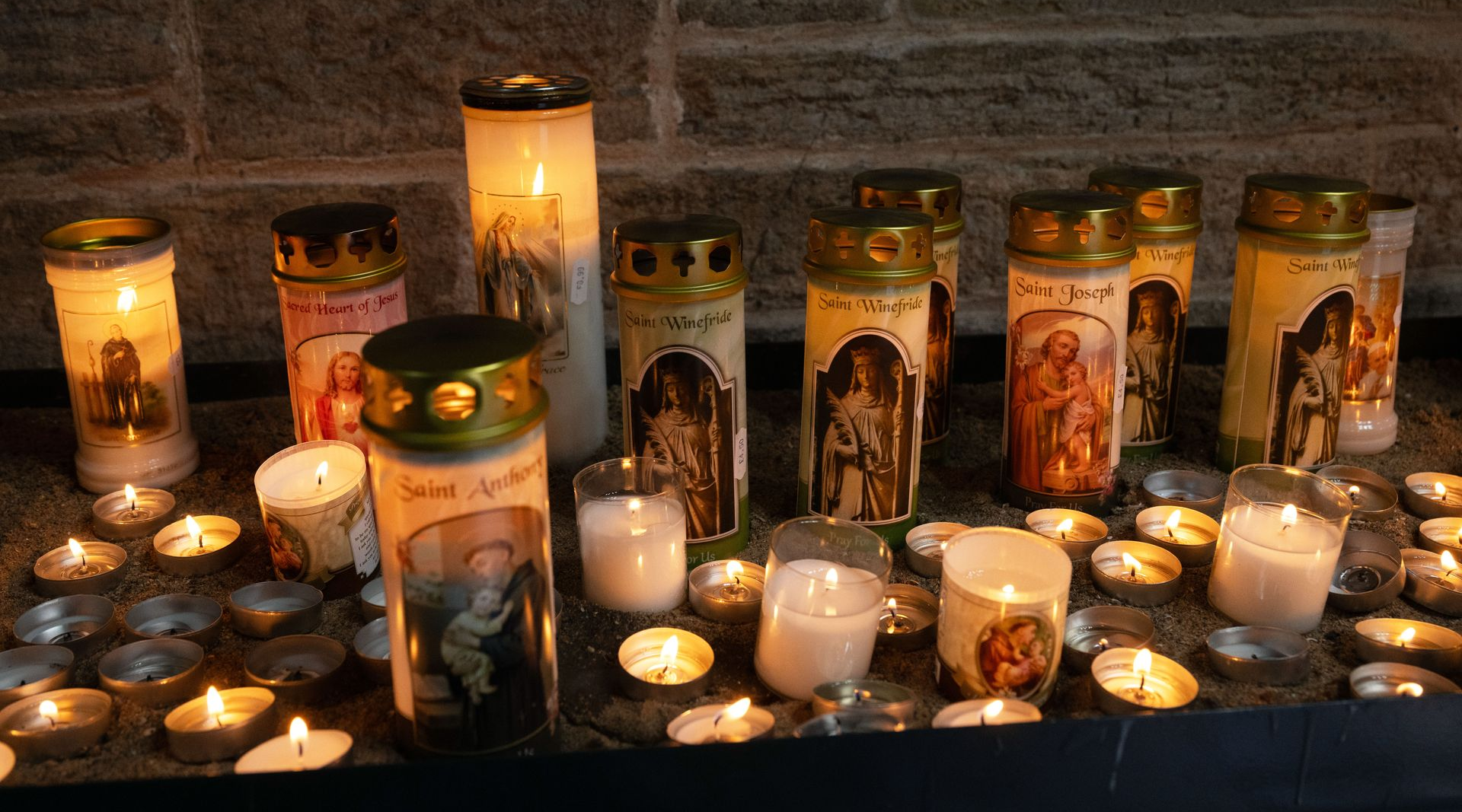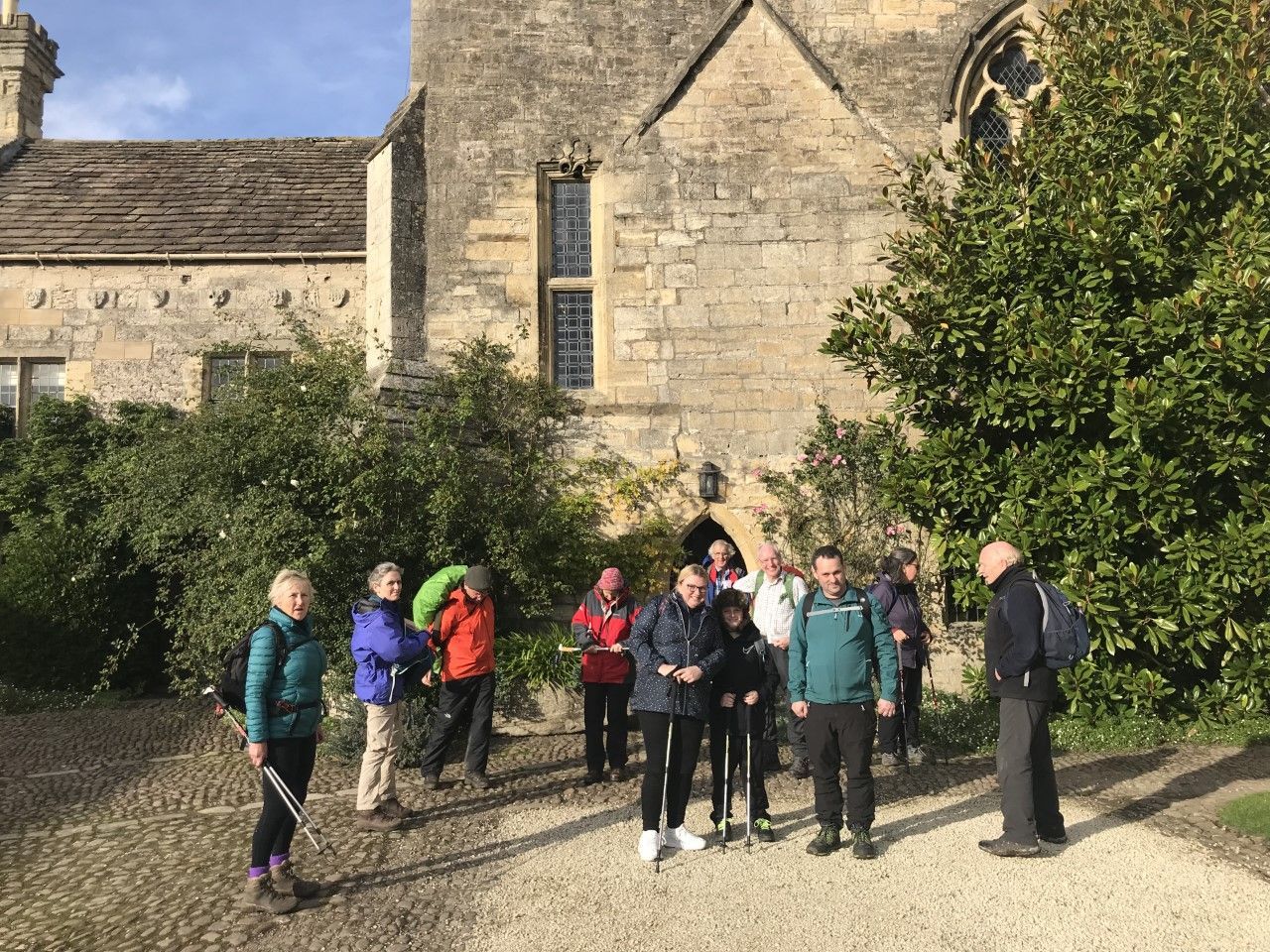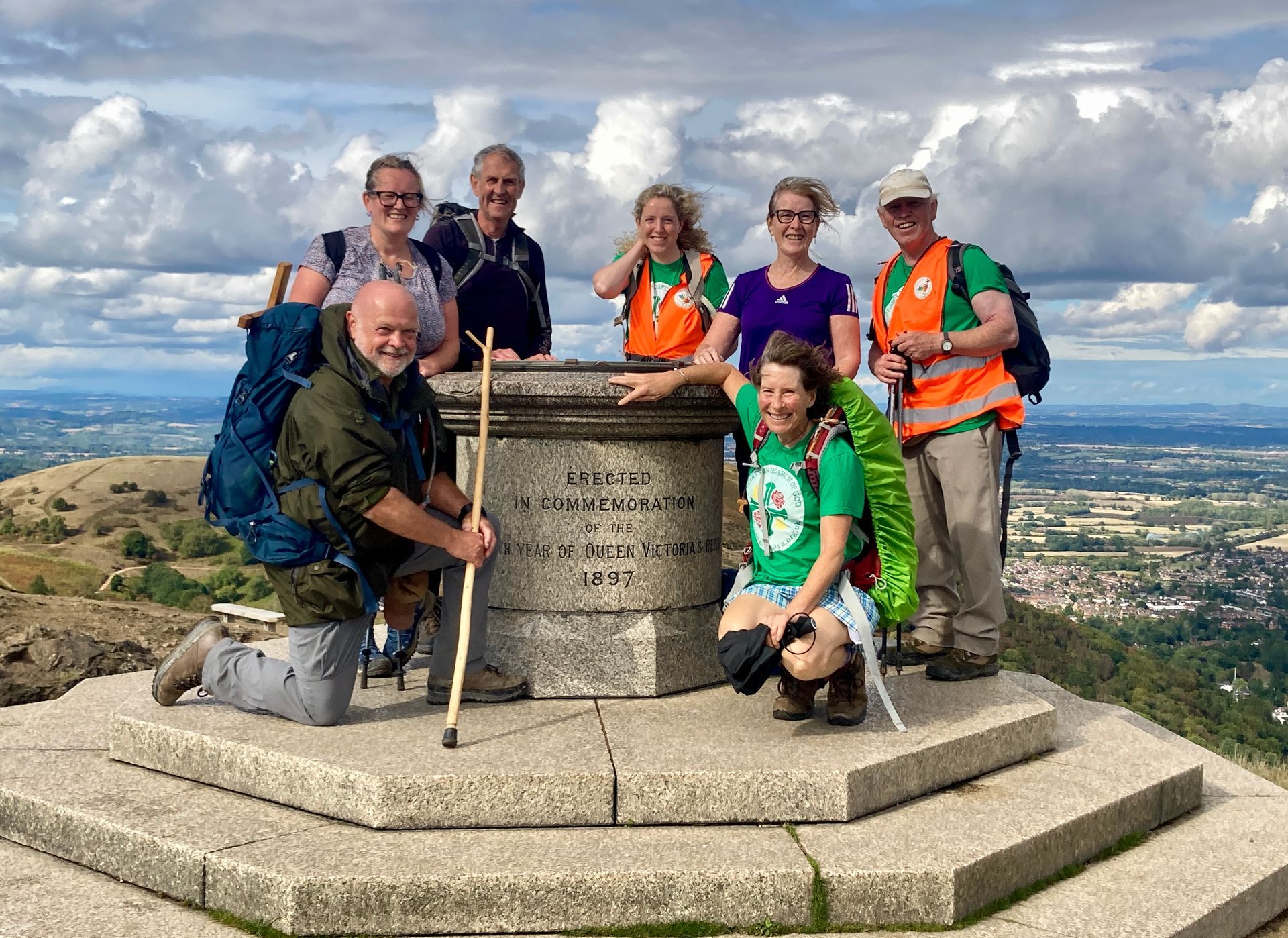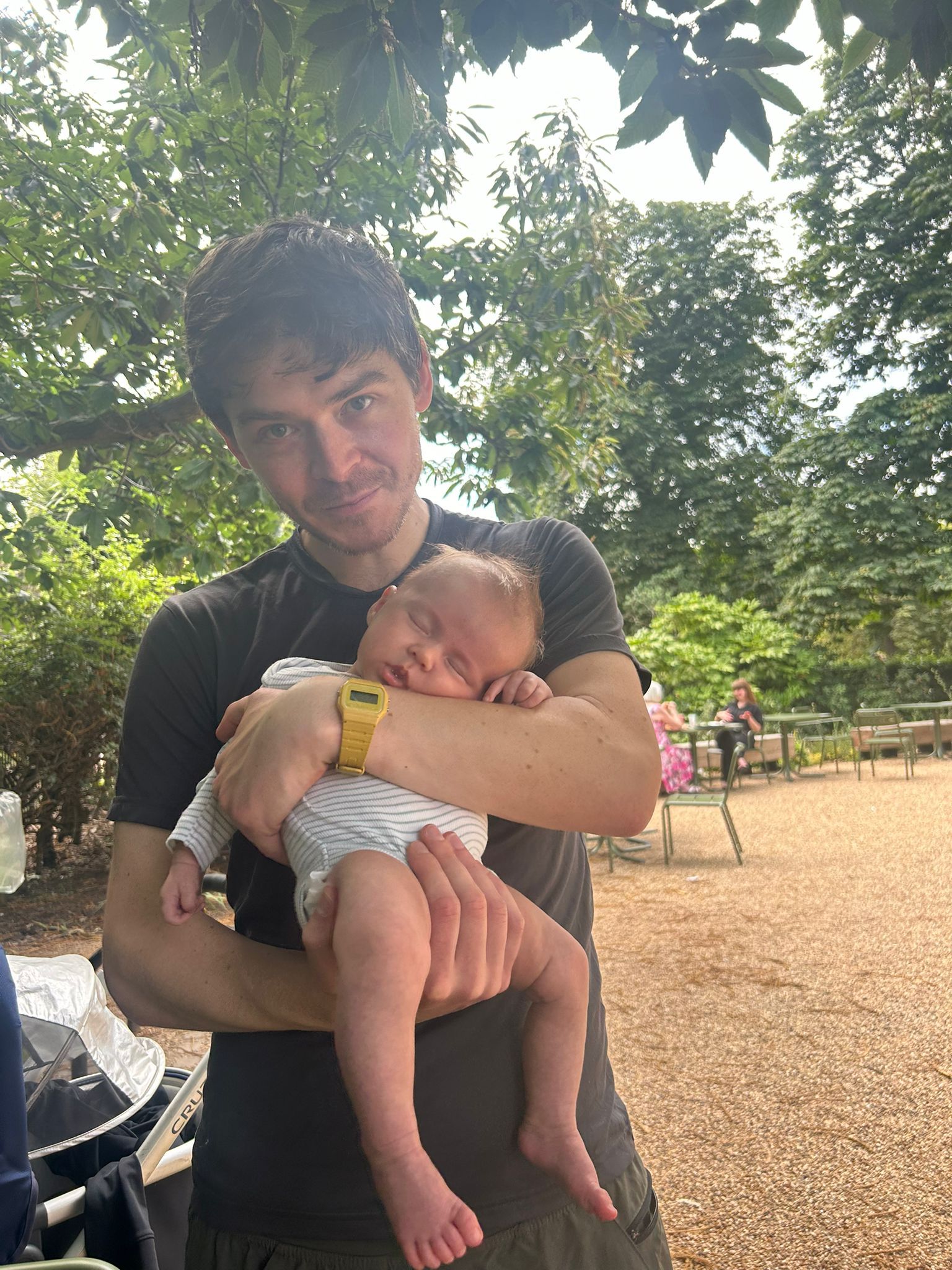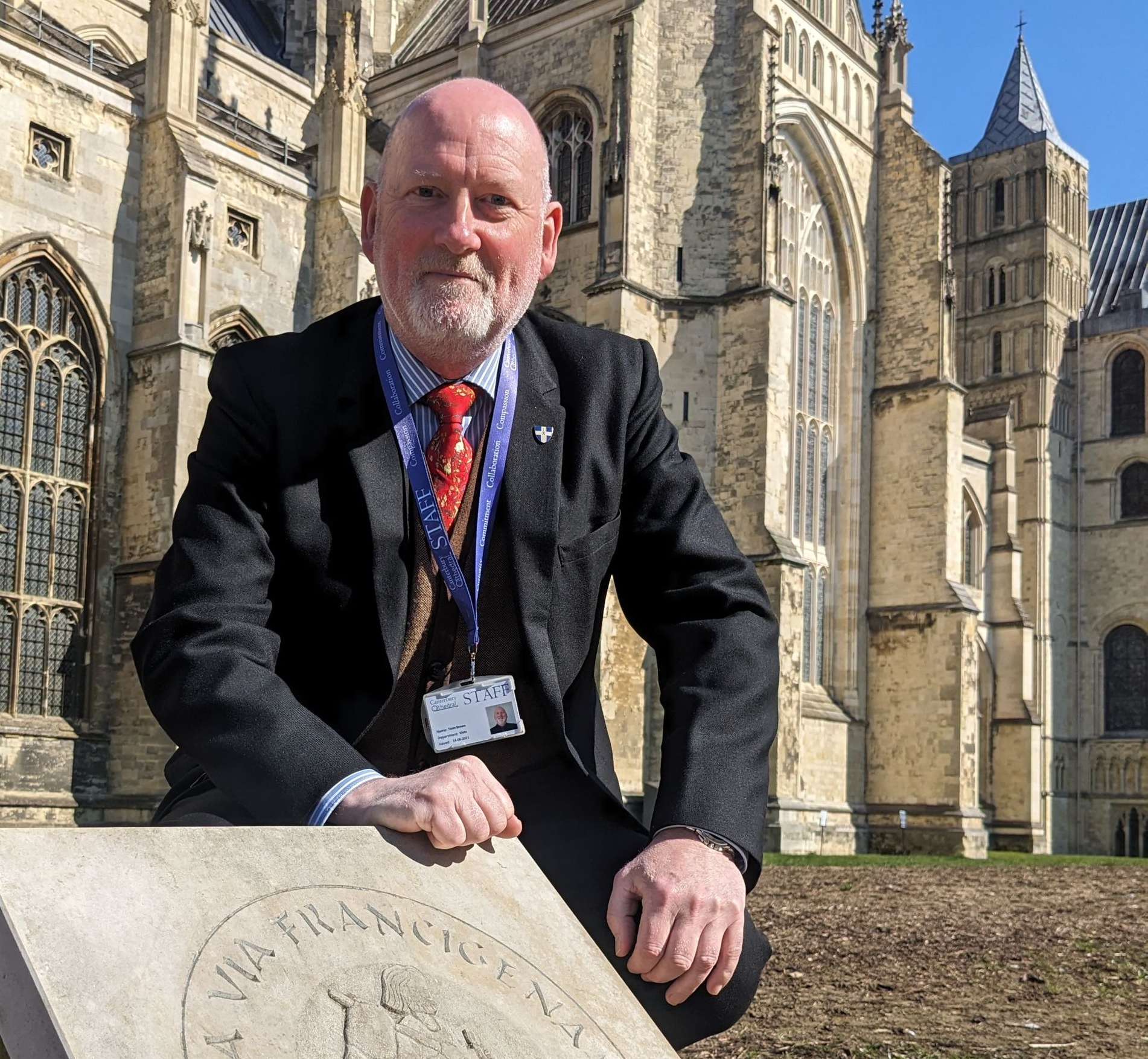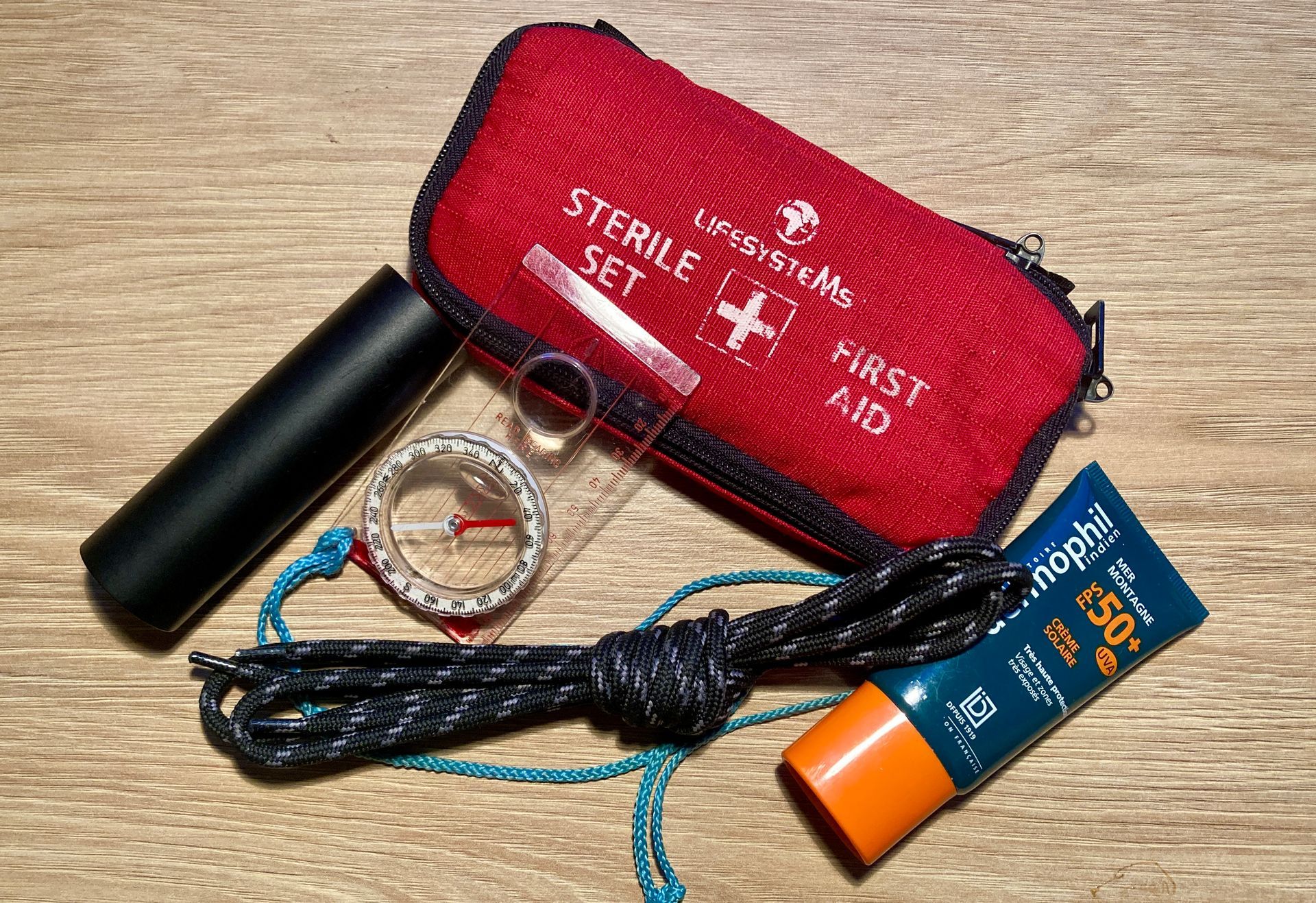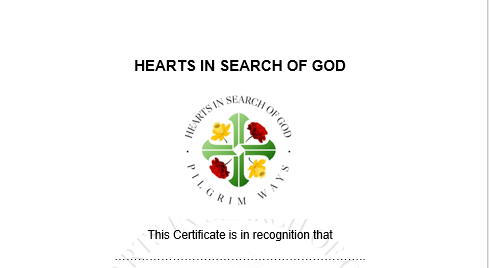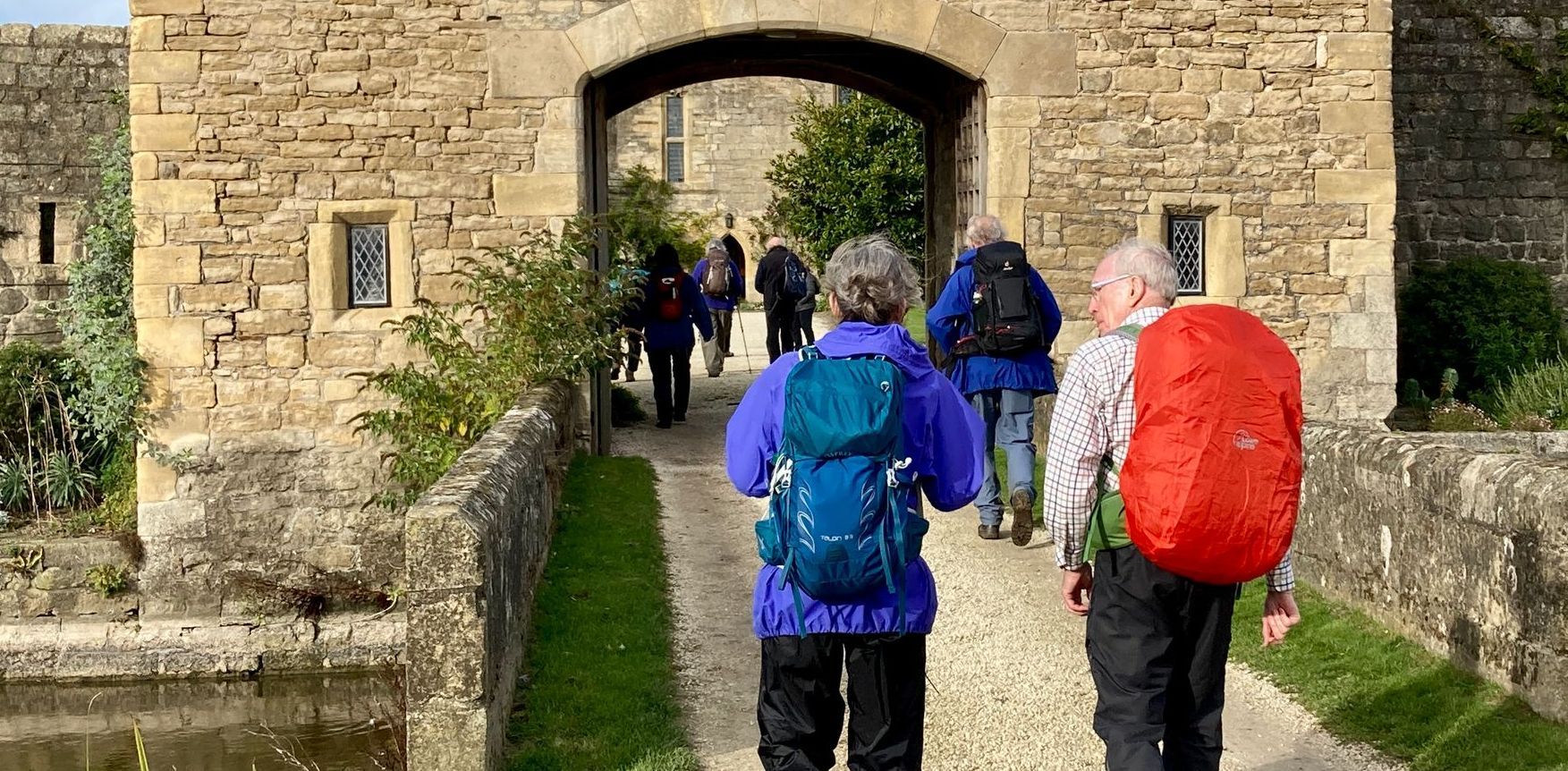The London to Walsingham Camino
It was Antonia’s idea, and I had to agree it was a good one.
She told me that it was all very well to have re-established the pre-Reformation walking route from London to Walsingham, and fine that I had walked each stage four or five times in the course of researching the path... but. To truly bear witness I had to walk the whole thing in one go.
‘You have to do it,’ she said. ‘I’ll walk it with you.’ Which she did.
We became three when Sarah, an Anglican deacon, also signed up for the full slog. We were joined along the way by others, a couple for a week, others for a day or three, and became a generally merry band, even in the face of rain, storm, hail, blisters and creaking knees.
Tell people you are walking from London to Norfolk and you get a range of reactions
‘I think that’s great’ was one.
‘That’s not possible’ was another
‘Haven’t you got cars?’ was a third.
Gratifyingly, variations on the first were the most common.
But when I told the many people we met along the way that this was a pilgrimage I got a fair few blank looks. Yet, if I said this was a Camino, ‘like they have in Spain’, I almost always got nods of recognition. Often they knew of the film, The Way, in which a character played by Martin Sheen walks to the shrine of St James in Santiago, in honour of a son who died on the eve of his own Camino journey.
From there I was playing to a receptive audience. They loved the idea of doing a Camino in England. Mention Walsingham as the destination, however, and eyes dimmed again. Even when we got to Norfolk, Walsingham's recognition factor was low. Indeed, I only had a vague ides of its significance before I started this project.
I didn’t know it was England’s most important shrine, pre-Reformation, with offerings five times those at Canterbury, which placed Walsingham behind just Santiago, Rome and Jerusalem as pilgrim destinations. And I didn’t know that the road leading there from London was the most important in the country. I learned these things from Leonard Whatmore, a Catholic priest whose 1973 book Highway to Walsingham gave me all the historic context, and traced the medieval route. Yet Whatmore never walked the route, nor applied it to modern maps. I did that, with the help of many volunteers, members of the Confraternity of St James who lived along the route and – if not for lockdown – would have been off to Spain.
One reason for re-establishing the London to Walsingham Camino is to seek to raise awareness of the significance of Walsingham.
Walking the whole route in 13 days (plus a rest-day at Bury St Edmunds, the half-way point) was a revelation.
Walking each day set up a rhythm in which the awareness of being a pilgrim grew. As day followed day, the ordinary, everyday world and my life in it shrank in significance, and the life of the spirit and the joyful sense of communal endeavour grew ever stronger.
We were welcomed at many points along the way. Many of the 22 churches in which we have placed pilgrim stamps invited us to join them for Morning or Evening Prayer, for Mass and – on one memorable occasion, in the village of Withersfield – the most enchanting Evensong I have ever experienced. The village choir was accompanied on a homely squeeze-box like organ and afterwards the vicar, Max Drinkwater, joined us for pilgrim supper at the village inn, the White Horse, where we were staying.
In Bury St Edmunds we enjoyed a richly ecumenical day, starting with Mass in St Edmund’s church, in a chapel created in secret during penal times, when Catholic worship was outlawed. Next came a guided tour of St Edmundsbury Cathedral, which began life as a church, dedicated to St James by a 12th century abbot who was unable to go on pilgrimage to Santiago. A walk around the ruins of the abbey followed, with prayers at the site of St Edmund’s shrine, and the day ended with Evening Prayer in the cathedral.
One of the great joys for me, a Catholic, was to discovered the beauty of Anglican Morning and Evening Prayer. They read like meditations, and we started and ended most of our days with them.
As we progressed through the glorious east of England we came to appreciate the quiet beauty of a whole swath of this country overlooked by many long-distance walkers. It may not offer rugged hills, let alone mountains, or rocky coastlines, but this felt like the true heart of England.
We found a string of wonderful Anglican churches, and in many of them we got a warm welcome. But in most the congregation was very small. Often, the three or four who fed us a pilgrim lunch of soup and sandwiches, and walked with us for the rest of the day, were the only regular worshippers. In one we asked the churchwarden, as we tucked in, how may there were in the congregation and he replied: ‘Me.’ This was a tradition hanging by a thread.
In Catholic churches, fewer and further between, the story was no better. Two churches where priests had enthusiastically responded to my news about the new Camino had since moved on, and week-day Masses were no longer said. But, in contrast to the churches, the village inns were packed, and we stayed in a number of them. They all seemed to have surged back after lockdown, and were the true heart and social centre of the village.
Something significant occurred in a number of those pubs. Sarah wore her collar at all times. I had wondered how people would react to it, but the reception couldn’t have been friendlier. In several they thought they were meeting the vicar (for the first time, given hardly any of them went to church) and came over to chat. One local asked Sarah if she was a Catholic priest. Another, who was completely unchurched, began in a challenging vein, a sort of ‘what’s it all about then’, but then spoke movingly of his life, his fears and his challenges. You got the sense that he might just pop into a church for the first time in his life, after this.
In the Crown, in Fakenham, a pilgrim inn pre-Reformation, we went the full Chaucer. This was our last night before Walsingham, and a little roistering seemed allowable. It was Karaoke night, and each of us took a turn. One pilgrim, Steve, had such a good voice that he was asked if he was a professional. My rendition of I am a Cider Drinker by the Wurzles went down less well. ‘Should’ve done I’ve Got a Brand New Combine Harvester’, it’s easier,’ the MC muttered as he grabbed the mic back off me.
Our final day was truly sublime. We began by joining the vicar, Tracy, for Morning Prayer at St Peter and St Paul. We had been welcomed in this church the previous afternoon, gratefully hoovering up the remains of a fine St George’s Day spread of sandwiches, pork pies and quiche.
We walked in silence for the six miles to Walsingham, the bell at the Slipper Chapel, the Catholic Shrine to Our Lady of Walsingham, tolling for us as we made our final approach. After Mass here we walked on to Walsingham Abbey, and the site of the Holy House, the spot venerated so profoundly by countless pilgrims down the centuries, until Henry VIII destroyed the shrine. That evening we were invited by the Anglican Shrine to Guardian’s day prayers, followed by drinks.
In all, this was a wonderful climax to our two-week walk, an ecumenical day never to be forgotten, and a fitting end to a true, English Camino.
Andy Bull is author of London to Walsingham Camino: The Pilgrimage Guide, (Trailblazer £17.99)
